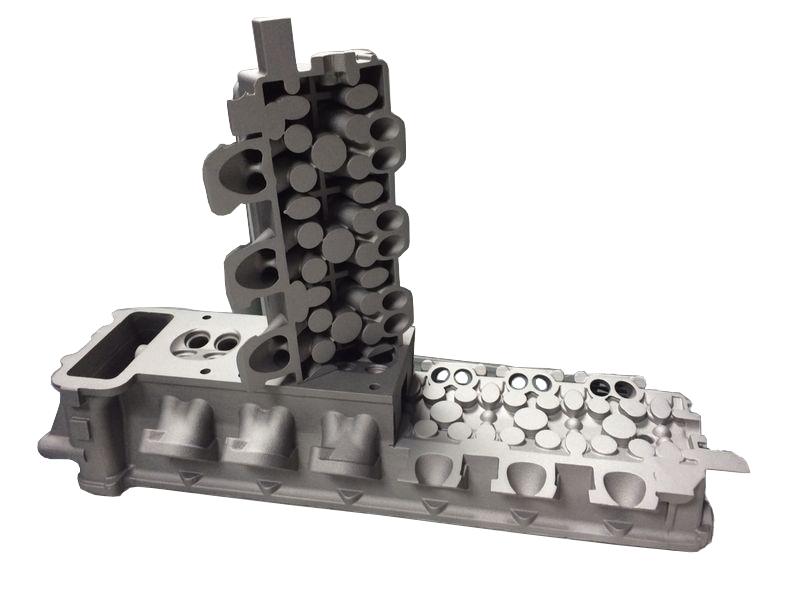 The year was 1969, and Ferrari was returning from their boycott of sports car racing, after protesting a rule change the previous year, which had caused their 4-litre 330 P4 to be banned. This was the year that they would introduce their legendary 3000cc prototype, the Ferrari 312P. The car was a beauty, and it had a beast of an engine.
The year was 1969, and Ferrari was returning from their boycott of sports car racing, after protesting a rule change the previous year, which had caused their 4-litre 330 P4 to be banned. This was the year that they would introduce their legendary 3000cc prototype, the Ferrari 312P. The car was a beauty, and it had a beast of an engine.
In fact, the “312” in its name, explains that the car featured 3 liter displacement, with 12 cylinders. The “P” meant it was a prototype. The car’s 60 degree V12 engine is capable of putting out an astonishing 430 HP.
Unfortunately for older cars, especially those with very limited production runs, it is very expensive, complicated, and time consuming to refurbish their engines. Traditionally it would take at least a year, and require a great deal of money.
Fortunately however, we now live in an era that includes 3D printing, and thanks in large part to German 3D printer manufacturer Voxeljet, the engine of the car was able to be refurbished in just a few weeks.
Those that worked on this project used reverse engineering to accomplish this feat. They utilized mobile measurement arms, which were able to generate 3D data of the cylinder heads. Once this was complete, Voxeljet took it from there. Their extremely precise 3D printers created seven sand components, including one each for the upper and lower box, and 5 sand cores, which formed the entire cast form.
“Reverse engineering with 3D printing is by far the most efficient method for reproducing components that are no longer available,” explained Voxeljet CEO Dr. Ingo. “Often, it is the only way to reproduce certain components quickly and at reasonable cost. Thus there is considerable demand for 3D printing in this area. We are of course very pleased that our technology was a contributing factor in the successful engine overhaul of a Ferrari 312P.”
Once the sand molds were complete, they were sent to Wilhelm Funke in Alfeld an der Leine, to be cast in a special aluminum allow. The Ferrari 312P will soon be on the road again!
Discuss the overhaul of this engine, and how 3D printing is making the refurbishment of old cars much easier than it was in the past, in the Ferrari 312P overhaul thread on 3DPB.com
Subscribe to Our Email Newsletter
Stay up-to-date on all the latest news from the 3D printing industry and receive information and offers from third party vendors.
Print Services
Upload your 3D Models and get them printed quickly and efficiently.
You May Also Like
The Dental Additive Manufacturing Market Could Nearly Double by 2033, According to AM Research
According to an AM Research report from 2024, the medical device industry, specifically in dentistry, prosthetics, and audiology, is expected to see significant growth as these segments continue to benefit from...
Heating Up: 3D Systems’ Scott Green Discusses 3D Printing’s Potential in the Data Center Industry
The relentless rise of NVIDIA, the steadily increasing pledges of major private and public investments in national infrastructure projects around the world, and the general cultural obsession with AI have...
AM Research Webinar Explores Continuum’s Sustainable Metal Additive Manufacturing Powders
Metal additive manufacturing (AM) powder supplier Continuum Powders is working to develop solutions that empower industries to reduce waste and optimize their resources. An independent life cycle assessment (LCA) of...
3D Printed Footwear Startup Koobz Lands $7.2M in Seed Round
California-based Koobz is focused on reshoring the U.S. footwear supply chain with advanced manufacturing processes, including 3D printing. The startup just announced that it has added $6 million to its...


































